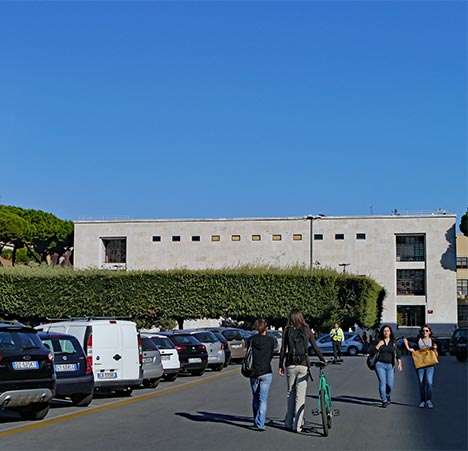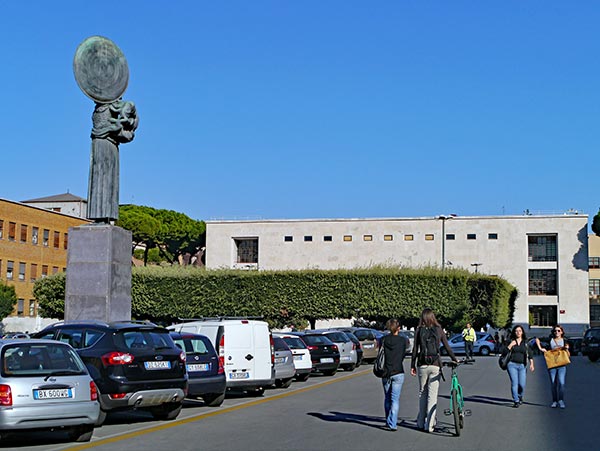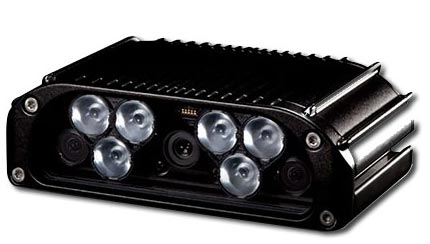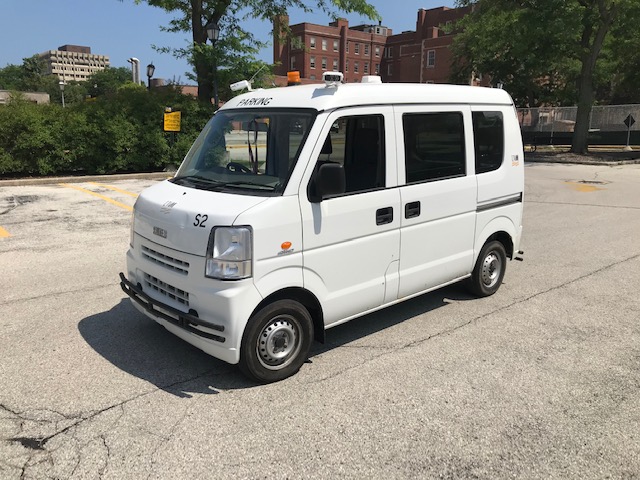UWM Transportation Services
University recoups in two years and realizes other significant efficiencies with ALPR
The Situation
When Prasanna Nanda took over as Director at University of Wisconsin Milwaukee (UWM) Transportation Services in 2014, he saw several opportunities to realize efficiencies and increase service. At the time, handing out parking citations involved walking around with a handheld device and punching in plate numbers. It was a time-consuming process that inevitably resulted in mistakes.
Using handheld devices to monitor UWM’s 4,900 paid on- and off-campus parking spaces was less than efficient. Since students, staff and visitors most often stay for a matter of hours and not the entire day, parking turnover at the university is high. So to capture infraction revenue, you have to be quick to enforce.
In a climate that is bitterly cold for much of the school’s busy season, walking around for long periods of time was not only very slow, but also impractical. The University needed technology that would reduce labor, enable quicker rounds, and take weather conditions out of the equation.

The Situation
When Prasanna Nanda took over as Director at University of Wisconsin Milwaukee (UWM) Transportation Services in 2014, he saw several opportunities to realize efficiencies and increase service. At the time, handing out parking citations involved walking around with a handheld device and punching in plate numbers. It was a time-consuming process that inevitably resulted in mistakes.
Using handheld devices to monitor UWM’s 4,900 paid on- and off-campus parking spaces was less than efficient. Since students, staff and visitors most often stay for a matter of hours and not the entire day, parking turnover at the university is high. So to capture infraction revenue, you have to be quick to enforce.
In a climate that is bitterly cold for much of the school’s busy season, walking around for long periods of time was not only very slow, but also impractical. The University needed technology that would reduce labor, enable quicker rounds, and take weather conditions out of the equation.
The Solution
In his previous role as an administrator with an airport parking department, Nanda was familiar with the powerful efficiencies and data-rich capabilities of Automatic License Plate Recognition (ALPR) technology. While there, he had overseen, among other things, the use of Genetec AutoVu™ ALPR software.
His staff carried out license plate inventories of all vehicles every night. With ALPR, enforcement personnel could drive around parking areas and scan every plate within a couple of hours. “Before that, it had been a manual process,” says Nanda. “AutoVu made it so much simpler, quicker, and cut man hours. I knew we could do the same at UWM.”
“When I came to UWM, I was looking for ways to make things more efficient. I started looking at AutoVu, as the software has features specific to universities. I liked what I saw.”
The potential of ALPR was so strong that Nanda was able to add two more enforcement vehicles to the one he had, shortening time-to-ticket. By the end of the second year after implementation, the solution was running smoothly and revenues were up 60%, with a 40% decrease in enforcement hours. These new metrics quickly repaid UWM’s entire ALPR investment in under two years. The AutoVu system has been in place now for close to 5 years and revenues have continued to hover at about 60% above the pre-implementation mark.

“I know that a lot of universities have changed over to ALPR. When we did it, there were a few but now there are a ton. It’s becoming the norm. I wouldn’t hesitate to recommend Route1 and AutoVu.”
“Before and after ALPR implementation is night and day. If you do a thorough examination and model your cost/benefit, ALPR is a no-brainer.”
Future plans: predictive data modeling with ALPR
Nanda’s plans for the future include refinements in parking permitting and rates, based on modeling of aggregate data. “We have created a huge database of all our vehicles and date/time of entry and exit. We are cross-referencing this data with class schedules to detect patterns. Next comes data modeling. What we will be looking for is patterns that we can use to predict future parking occupancy.”
With this data, Nanda plans to make parking customers aware of the best times to park on campus, and the best times to opt for public transit or to park-and-ride from an off-campus parking area. “As with many universities, parking at UWM is often at a premium, which exacerbates traffic congestion,” explains Nanda. “If we can keep cars from driving in circles for 20 minutes, looking for parking, that’s a big win for everyone.”


Future plans: predictive data modeling with ALPR
Nanda’s plans for the future include refinements in parking permitting and rates, based on modeling of aggregate data. “We have created a huge database of all our vehicles and date/time of entry and exit. We are cross-referencing this data with class schedules to detect patterns. Next comes data modeling. What we will be looking for is patterns that we can use to predict future parking occupancy.”
With this data, Nanda plans to make parking customers aware of the best times to park on campus, and the best times to opt for public transit or to park-and-ride from an off-campus parking area. “As with many universities, parking at UWM is often at a premium, which exacerbates traffic congestion,” explains Nanda. “If we can keep cars from driving in circles for 20 minutes, looking for parking, that’s a big win for everyone.”